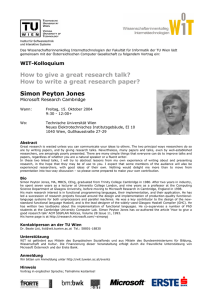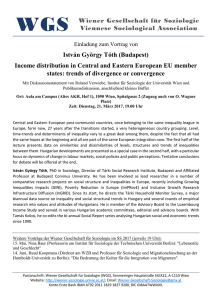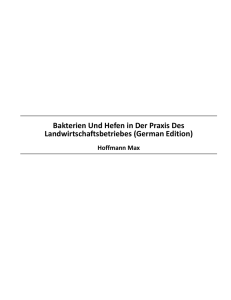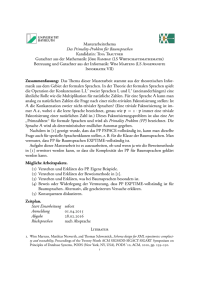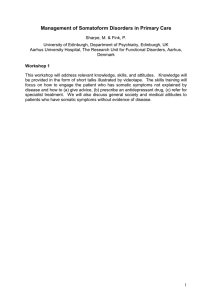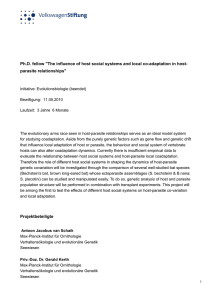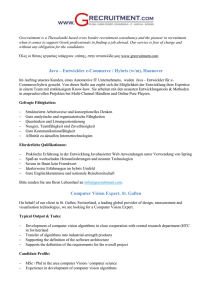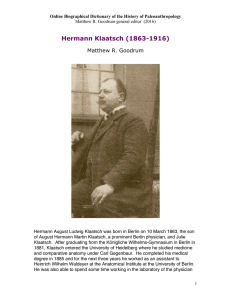Zeitschrift fu¨r Ethnologie
Werbung
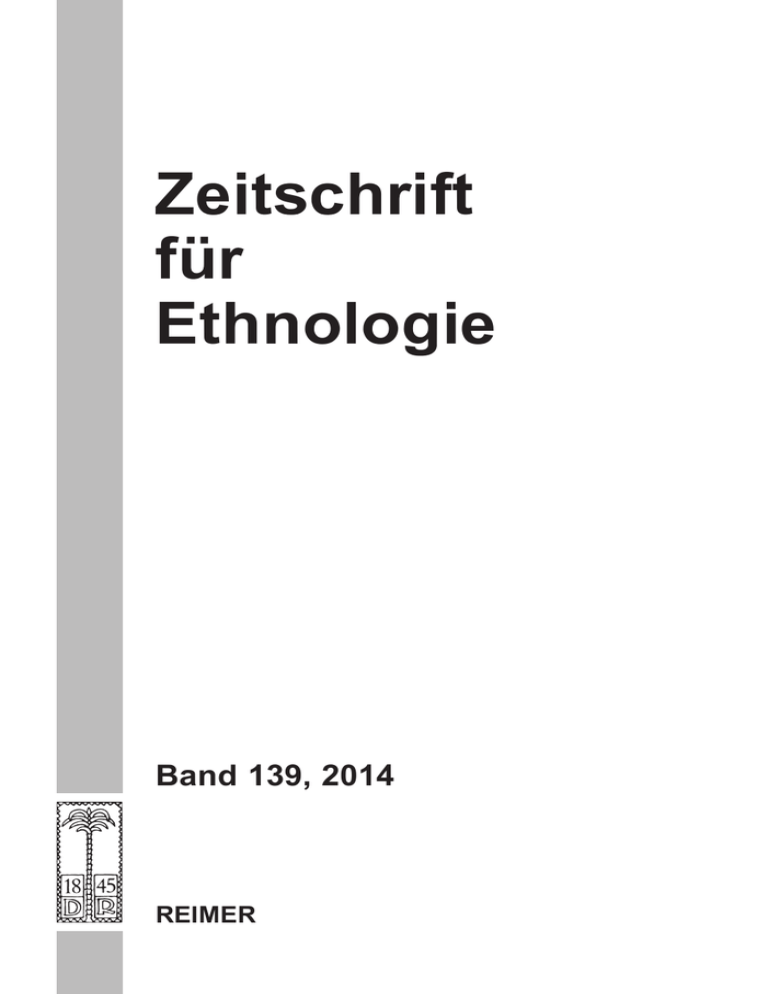
Zeitschrift für Ethnologie Band 139, 2014 REIMER Zeitschrift für Ethnologie, Band 139, 2014 Herausgegeben im Auftrag der Deutschen Gesellschaft für Völkerkunde und der Berliner Gesellschaft für Anthropologie, Ethnologie und Urgeschichte von Peter Finke Institut für Sozialanthropologie und Empirische Kulturwissenschaften, Ethnologie, Andreasstr. 15, CH-8050 Zürich Lars-Christian Koch Ethnologisches Museum, Arnimallee 23 – 27, D-14195 Berlin Redaktion: Thomas Bierschenk Mareile Flitsch Ernst Halbmayer Carola Lentz Markus Schindlbeck Martin Sökefeld Institut für Ethnologie und Afrikastudien, Forum Universitatis 6, D-55099 Mainz Völkerkundemuseum der Universität Zürich, Pelikanstr. 40, CH-8001 Zürich Fachgebiet Kultur- und Sozialanthropologie, Kugelgasse 10, D-35032 Marburg Institut für Ethnologie und Afrikastudien, Forum Universitatis 6, D-55099 Mainz Ethnologisches Museum, Arnimallee 23–27, D-14195 Berlin Institut für Ethnologie, Oettingenstr. 67, D-80538 München Wissenschaftlicher Beirat/Advisory Editorial Board: Thomas Hylland Eriksen (Oslo), Michael Carrithers (Durham/UK), Chris Gregory (Canberra), Brigitta Hauser-Schäublin (Göttingen), Nefissa Naguib (Bergen), Joanna Pfaff-Czarnecka (Bielefeld), Josephus Platenkamp (Münster), Peter Probst (Boston), David Shankland (London und Bristol), Sabine Strasser (Bern), Peter Schweitzer (Wien) Buchbesprechungen: Thomas Hüsken Ethnologisches Seminar, Universität Luzern, Frohburgstrasse 3, CH-6002 Luzern Guidelines for Contributors 1. All manuscripts should be submitted to the editorial assistant of the journal ([email protected]), Institut für Sozialanthropologie und Empirische Kulturwissenschaft, Ethnologie, Andreasstr. 15, CH-8050 Zürich. 2. The editors welcome original articles of up to 8.000 words, reviews of up to 1.000 words, in German or in English. The submitted articles should not be under consideration elsewhere. 3. Articles should be formatted as 1 1/2 space with a 3 cm margin on all sides. Submissions should be sent as an e-mail attachment in MS Word format. Please avoid underlining as far as possible. Foreign words should be italicized. Articles should be accompanied by English abstracts of not more than 200 words. 4. References within the text should be cited in the following form: (Best 1924:184). Footnotes should be kept to a minimum and must be numbered consecutively throughout the text. Any figure captions should be listed on a separate sheet. On a further sheet complete references to all works cited must be provided, arranged in alphabetical and calendrical order, as in the following examples: • Best, Elsdon 1924: The Maori, Vol. 1. Wellington: Polynesian Society. • Firth, Raymond 1936: We, the Tikopia. London: George Allen and Unwin. • Firth, Raymond 1940: The analysis of mana: An empirical approach. Journal of the Polynesian Society 49:483 – 510. • Howard, Alan; Kirckpatrick, John 1989: Social organization. In: A. Howard and R. Borofsky (eds.), Developments in Polynesian Ethnology. Honolulu: University of Hawaii Press, pp. 47 – 94. • Tables, maps and illustrations should be on separate page, numbered and with headings. Indicate in the text where they should appear. 5. All articles will be submitted to referees by the editors. Responsibility for opinions published remains with the authors. 6. When articles have been accepted in their final form, they should be submitted for publication as an e-mail attachment or on a CD. Please keep formatting and the use of tabs and spaces to a minimum. Authors will receive proofs for correction, which must be returned within ten days of receipt to the publisher. Authors of articles receive 30, reviewers 13 free offprints. Unless the author is willing to bear the additional expenditure, we will be unable to pay regard to subsequent text corrections deviating from the manuscript. Inhalt Bierschenk, Thomas: From the Anthropology of Development to the Anthropology of Global Social Engineering ................................................... Bollig, Michael: Resilience – Analytical Tool, Bridging Concept or Development Goal? Anthropological Perspectives on the Use of a Border Object .................... Bollig, Michael and Peter Finke: Explanatory Models in Anthropology. Methodological Refinements, Cross-Cultural Comparison and Theoretical Developments ............................................................................................ Bondarenko, Dmitri M.: On the Nature and Features of the (Early) State: An Anthropological Reanalysis ..................................................................... Calkins, Sandra and Richard Rottenburg: Getting Credit for What You Write? Conventions and Techniques of Citation in German Anthropology .................. Koch, Lars-Christian und Ricarda Kopal: Klassifikation von Musikinstrumenten – Zum 100-jährigen Bestehen der Hornbostel-Sachs-Systematik .......................... Kroeker, Lena: Meidung als Alltagshandlung in langfristigen Abhängigkeitsbeziehungen – Schwangere Frauen mit HIV/AIDS und ihre Kommunikation in asymmetrischen Machtverhältnissen .......................................................... Kulikov, Leonid: Traces of castes and other social strata in the Maldives: A case study of social stratification in a diachronic perspective (Ethnographic, historic, and linguistic evidence) ............................................. Mauksch, Stefanie and Ursula Rao: Fieldwork as Dialogue. Reflections on Alternative Forms of Entanglement ................................................................ Rao, Ursula: Debates in Anthropology. Introduction .......................................... Sax, William: The Multiple Worlds of Ethnographic Fieldwork. A Personal Account ..................................................................................................... Schnegg, Michael: Anthropology and Comparison. Methodological Challenges and Tentative Solutions ............................................................................... Schramm, Katharina: Neue Technologien – alte Kategorien? Die Problematisierung von Rasse an der Schnittstelle von Wissenschaft und Politik ..................... Werthmann, Katja: Sind Städte in Afrika „unkennbar“? Ethnologische Stadtforschung in Afrika ..................................................................................... 73 253 39 215 99 281 179 199 23 1 7 55 233 159 Miszellen der Ethnologiegeschichte Streck, Bernhard: Die Visionen der Vergangenheit. Das Leipziger Institut für Ethnologie im Spiegel seiner Veröffentlichungen ........................................ 131 Buchbesprechungen Chalfin, Brenda: Neoliberal Frontiers. An Ethnography of Sovereignity in West Africa (Thomas Bierschenk) ........................................................................................ Lewis, Herbert S.: In Defense of Anthropology: An Investigation of the Critique of Anthropology (Günther Schlee) ............................................................................................. Oppitz, Michael: Morphologie der Schamanentrommel (Urs Andreas Wickli) .............................. 303 305 307 Zur Diskussion/Debate Bierschenk, Thomas, Matthias Krings und Carola Lentz (Hg.): Ethnologie im 21. Jahrhundert (Peter Geschiere, Ursula Rao, Daniel Münster) ........................................................... 153

